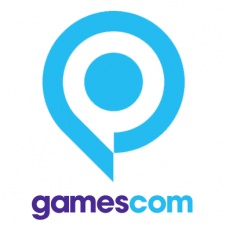The minuscule percentage of free-to-play gamers that spend money on in-app purchases is well-documented.
All one can do, we're told, is to bring in as many users as possible through various UA channels and hope that at least a handful of high-paying users stick around for a while.
But Janeious, a new community-funded mobile studio based in Frankfurt, has become disillusioned with the current model.
“The current monetisation and marketing strategies are fundamentally broken,” says Mark Peterson, Creative Director at Janeious.
“Not even a percent of users make up more than half of all the revenue in your game... we need to figure it out.”
Unicorn hunting
Peterson goes on to describe the key conflict at the heart of all modern F2P game design, with developers “designing for the masses, praying for the unicorns.”
“You have this weird experience that you want to appeal to everyone, but especially the high paying users,” he adds.
Janeious, meanwhile, has already found its audience before even releasing a game.
Founded by a top-level player who would regularly invest tens of thousands of dollars into games every month, and community-funded by a group of affluent, high paying users with similar needs, Peterson estimates that the game could be a financial success with only 100 players.
Community first
Simply, rather than hoping and praying that the high rollers come to play, Janeious is founded and built in these communities.
Its Facebook page already has 4,000 likes, despite maintaining a low profile in mainstream circles.
Janeious's debut game, Fusion Guards, is still in development, with plenty of input from its community of investors. The key to the firm's strategy is to maintain constant communication with their would-be players.
The takeaway for other developers?
“Find your community first, find out what their actual need is, then design the game around it,” advises Peterson.

















